👨🔬 গবেষকের প্রোফাইল:
ড. নাভিদ সালেহ বর্তমানে যুক্তরাষ্ট্রের ইউনিভার্সিটি অব টেক্সাস এট অস্টিন-এ সিভিল, আর্কিটেকচারাল এবং এনভায়রনমেন্টাল ইঞ্জিনিয়ারিং বিভাগের সহযোগী অধ্যাপক হিসেবে কর্মরত। তিনি ২০০৭ সালে কার্নেগি মেলন ইউনিভার্সিটি থেকে ডক্টরাল ডিগ্রী অর্জন করেন এবং তারপরে ইয়েল ইউনিভার্সিটি থেকে পোস্ট-ডক্টরাল ট্রেনিং সম্পন্ন করেন। তার গবেষণার মূল লক্ষ্য হলো কম খরচে এবং কম শক্তি ব্যবহার করে পানির বিশোধন করা। বিশেষ করে, তিনি পদার্থের স্ফটিকী বিন্যাস এবং ইলেকট্রনিক দশার বৈশিষ্ট্যকে কাজে লাগিয়ে পানিকে দূষণ মুক্ত করার কৌশল উদ্ভাবন করেছেন।
বর্তমানে তার গবেষণাগারে নতুন ন্যানো-পদার্থ সংশ্লেষ এবং পরীক্ষা করা হচ্ছে, যা পানিতে আয়ন এবং রেডিকাল তৈরি করে দূষণকারী জীবাণুকে নিষ্ক্রিয় করতে সক্ষম। এছাড়া, ন্যানোটিউব, Peapods এবং কম্পোসিট ন্যানো-কণিকার মতো ন্যানো-স্কেল প্রযুক্তি ব্যবহার করে ভাইরাস এবং অন্যান্য দূষক অপসারণের ক্ষেত্রেও তার গবেষণা চালানো হচ্ছে। তিনি বাংলাদেশসহ বৈশ্বিক তরুণ বিজ্ঞানীদের জন্য একাডেমিক পরামর্শ এবং প্রশিক্ষণের উদ্যোগ নিয়েছেন।
💬 প্রশ্নোত্তর পর্ব:
প্রশ্ন: আপনার সমন্ধে আমাদের একটু বলুন।
উত্তর: আমি বর্তমানে ইউনিভার্সিটি অব টেক্সাস এট অস্টিন-এর সিভিল, আর্কিটেকচারাল এবং এনভায়রনমেন্টাল ইঞ্জিনিয়ারিং বিভাগের সহযোগী অধ্যাপক। গত এক দশক ধরে অধ্যাপনার সাথে যুক্ত আছি। তার আগে ইয়েল ইউনিভার্সিটি থেকে পোস্ট-ডক্টরাল ট্রেনিং নিয়েছি। ২০০৭ সালে কার্নেগি মেলন ইউনিভার্সিটি থেকে ডক্টরাল ডিগ্রী অর্জন করেছি। আমার গবেষণার উদ্দেশ্য হলো কম খরচে এবং কম শক্তি ব্যয় করে পানি বিশোধন করা। এ গবেষণার অভিনবত্ব হলো অ্যাটমিক ম্যানিপুলেশন-এর মাধ্যমে পদার্থের সহজাত গুণ ব্যবহার করা।
প্রশ্ন: বর্তমানে কি নিয়ে কাজ করছেন?
উত্তর: আমাদের গবেষণাগার সম্প্রতি একটি নতুন ন্যানো-পদার্থ সংশ্লেষ করেছে। লক্ষ্য হলো এর ইলেকট্রনিক বিন্যাস ব্যবহার করে পানিতে আয়ন এবং রেডিকাল তৈরি করা, যা পানি দূষণকারী জীবাণুকে নিষ্ক্রিয় করতে সক্ষম। পদার্থটি সক্রিয় করতে ইলেক্ট্রোম্যাগনেটিক রশ্মি প্রয়োজন। আমরা মাইক্রোওয়েভ রশ্মি ব্যবহার করছি, যা সাধারণত পানি বিশোধনের জন্য উপযুক্ত নয়। পাশাপাশি আমরা ন্যানো-পদার্থের পরিবেশগত প্রভাবও মূল্যায়ন করি।
প্রশ্ন: পানি পরিশোধনে ন্যানোপ্রযুক্তি কিভাবে কাজ করে?
উত্তর: পানির দূষকরা ন্যানোমিটার স্কেলে থাকে। তাই ন্যানো-পদার্থের ক্ষুদ্র আকার তাদের দূষক অপসারণে কার্যকর। এই স্কেলে পদার্থের রাসায়নিক ও জীবতাত্ত্বিক বৈশিষ্ট্য আরও প্রবল হয়, যা পানি বিশোধনে কার্যকারিতা বাড়ায়।
প্রশ্ন: ভাইরাসের সাথে ন্যানোটিউব সংযুক্ত গবেষণা কোথায় ব্যবহার হবে?
উত্তর: ভাইরাস প্রোটিনের স্ব-সমাবেশের মাধ্যমে অনন্য বল তৈরি করে। ন্যানোটিউব এই বল অনুভব করতে পারে। এটি ভাইরাসকে পরিবেশে অনেক দূর নিয়ে যেতে পারে, তবে আমরা এ প্রযুক্তি ব্যবহার করি পানি এবং বায়ু থেকে ভাইরাস অপসারণে।
প্রশ্ন: Peapods কি এবং এর গবেষণা?
উত্তর: Peapods হলো বিমিশ্র ন্যানো-কণিকা, যা গোলীয় fullerene নলাকার ন্যানোটিউবের ভিতরে স্থাপন করে। এতে নতুন বৈশিষ্ট্যের সঞ্চারণ সম্ভব হয়। আমরা এগুলো সংশ্লেষ এবং পানি বিশোধনের জন্য ব্যবহার করি।
প্রশ্ন: ভবিষ্যতে কোন গবেষণা করবেন?
উত্তর: পরিবেশবিজ্ঞানে কম্পোসিট ন্যানো-কণিকার ব্যবহার সম্প্রতি শুরু হয়েছে। আমার লক্ষ্য হলো এদের আচরণ বিশ্লেষণ করা এবং পানি বিশোধনে প্রয়োগ করা।
প্রশ্ন: বাংলাদেশের তরুণদের সঙ্গে আপনার কাজ?
উত্তর: ব্যক্তিগতভাবে কিছু তরুণ শিক্ষার্থী ও গবেষকদের পরামর্শ দিয়ে সহায়তা করেছি। বিতর্ক দলের কাজ দেখেছি এবং ফিডব্যাক দিই। ভবিষ্যতে দেশে বৈজ্ঞানিক পাণ্ডুলিপি তৈরির কৌশল শেখাবার ইচ্ছে আছে।
প্রশ্ন: তরুণদের জন্য কোন পরামর্শ?
উত্তর: যা শিখবেন, যথাযথভাবে শিখবেন। বৈজ্ঞানিক প্রশ্ন তৈরির কৌশল আয়ত্ত করবেন। ভালো প্রশ্নই ভালো গবেষণার জন্ম দেয়। অহেতুক প্রশ্ন নয়, অন্তর্দৃষ্টি-সমৃদ্ধ প্রশ্ন করবেন।
🔗 প্রোফাইল লিংক:
ResearchGate প্রোফাইল
ড. নাভিদ সালেহের গবেষণা পানির নিরাপত্তা এবং ন্যানোপ্রযুক্তির নতুন ব্যবহারকে সামনে তুলে ধরেছে। তার কাজ বৈজ্ঞানিক কমিউনিটি এবং তরুণ বাংলাদেশি শিক্ষার্থীদের জন্য অনুপ্রেরণার উৎস হতে পারে। বিজ্ঞানী অর্গ টিম ড. নাভিদ সালেহকে তাঁর গবেষণার জন্য শুভকামনা জানাচ্ছে এবং আশা রাখছে, তার কাজ ভবিষ্যতে বৈজ্ঞানিক উদ্ভাবনে গুরুত্বপূর্ণ ভূমিকা রাখবে।
Nanotechnology for Water Purification: An Insight from Dr. Navid Saleh
Dr. Navid Saleh is currently an Associate Professor in the Department of Civil, Architectural, and Environmental Engineering at the University of Texas at Austin, USA. He earned his doctoral degree from Carnegie Mellon University in 2007 and subsequently completed postdoctoral training at Yale University. His research focuses on low-cost and low-energy water purification techniques. Specifically, he explores the use of atomic-scale manipulation to exploit intrinsic material properties for removing contaminants from water.
Dr. Saleh’s laboratory develops and tests new nanomaterials that generate ions and radicals in water, which can neutralize harmful microorganisms. His research also covers the environmental effects of nanomaterials and their safe application in air, water, and soil. Additionally, he works with nanotechnology such as nanotubes, Peapods, and composite nanoparticles to remove viruses and other pollutants. Dr. Saleh also provides academic guidance and training to young researchers, including students from Bangladesh.
💬 Q&A Section:
Question: Please tell us a little about yourself.
Answer: I am currently an Associate Professor in the Department of Civil, Architectural, and Environmental Engineering at the University of Texas at Austin. I have been engaged in teaching for over a decade. Before this, I completed my postdoctoral training at Yale University. I earned my PhD from Carnegie Mellon University in 2007. My research aims to purify water using minimal energy and cost, exploiting materials’ atomic and electronic properties.
Question: What are you currently working on?
Answer: Our laboratory has recently synthesized a new nanomaterial. The goal is to use its electronic structure to produce ions and radicals in water that can deactivate waterborne pathogens. Activation requires electromagnetic radiation, and we are using microwave irradiation, which is typically unsuitable for water purification. We also study the environmental impact of these nanomaterials to ensure their safe and sustainable application.
Question: How does nanotechnology work in water purification?
Answer: Water contaminants exist at the same nanoscale as the nanomaterials—ranging from angstroms to nanometers. Nanomaterials at this scale have enhanced chemical and biological properties, making them highly effective in removing water contaminants.
Question: You are researching viruses attached to nanotubes. How will this be applied?
Answer: Viruses self-assemble protein structures that generate unique short-range forces. Nanotubes can sense these forces, allowing viruses to attach and travel long distances. While this can pose risks, the same mechanism can be leveraged to remove viruses from water and air.
Question: What are Peapods, and what research are you doing on them?
Answer: Peapods are next-generation composite nanoparticles in which spherical fullerenes are embedded inside cylindrical nanotubes, allowing the transfer of unique properties. We synthesize and study these composites for water purification applications.
Question: What are your future research plans?
Answer: Composite nanoparticles in environmental applications are a recent area of research. My goal over the next decade is to analyze their behavior and implement them for water purification.
Question: You also work with young researchers in Bangladesh. Can you share about that?
Answer: While large-scale initiatives have not yet been established, I have personally guided several young students and researchers academically. I also provide feedback on debate teams and intend to teach scientific writing and research skills in Bangladesh in the future.
Question: What advice do you have for young scientists?
Answer: Learn thoroughly and master the art of formulating scientific questions. Good questions lead to good research. Avoid irrelevant or trivial questions; focus on insightful questions that can generate meaningful projects or hypotheses.
🔗 Profile Link:
ResearchGate Profile
Dr. Navid Saleh’s research highlights the use of nanotechnology in water safety and environmental engineering. His work serves as inspiration for young Bangladeshi scientists and the global research community. The biggani.org team wishes Dr. Saleh continued success and hopes that his contributions will play a significant role in future scientific innovations.
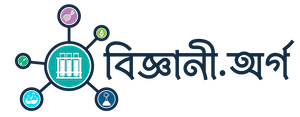
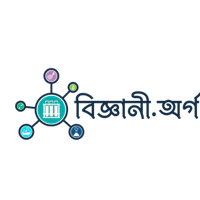
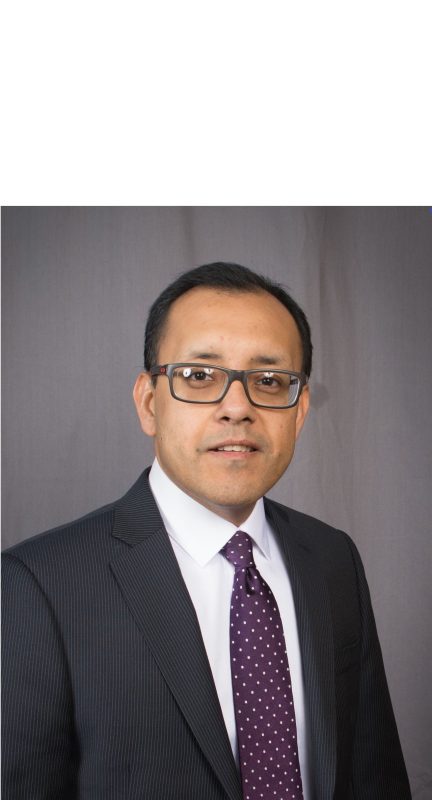

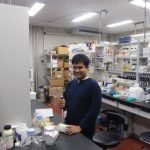

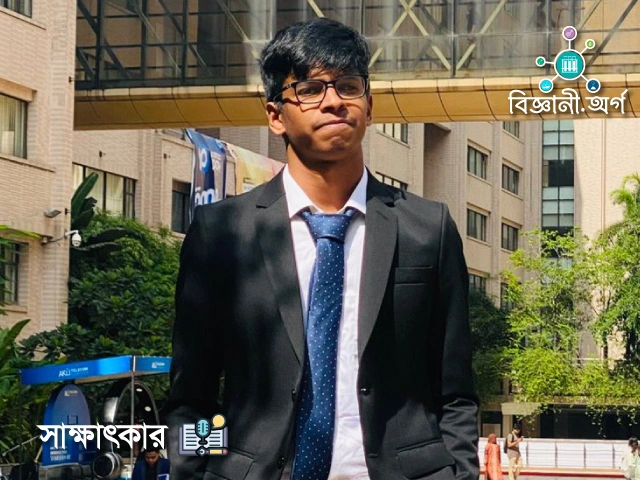
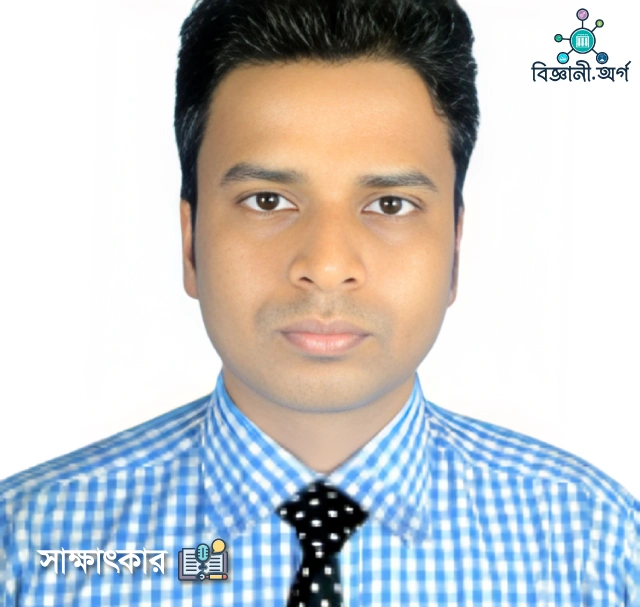
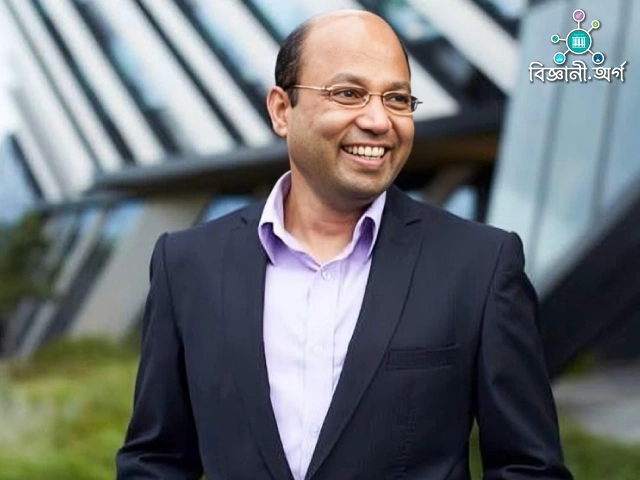
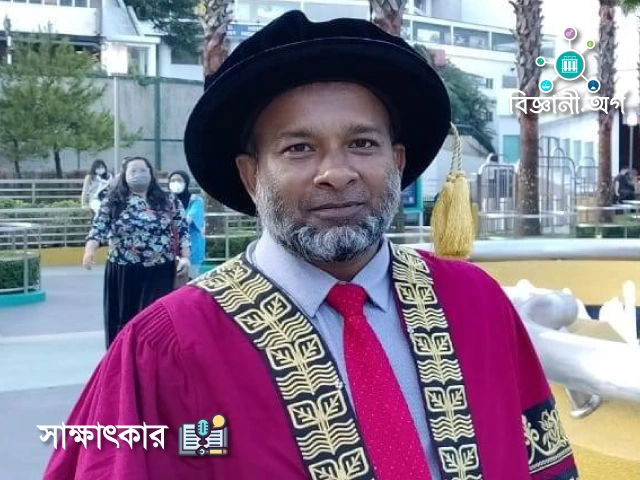
এরকম আরো বেশি বেশি সাক্ষাতকার হওয়া উচিৎ। অসাধারণ একজন মানুষের সাক্ষাতকার নিয়েছেন, ওনার সানিধ্যে যাওয়ার সৌভাগ্য আমার হয়েছিলো।